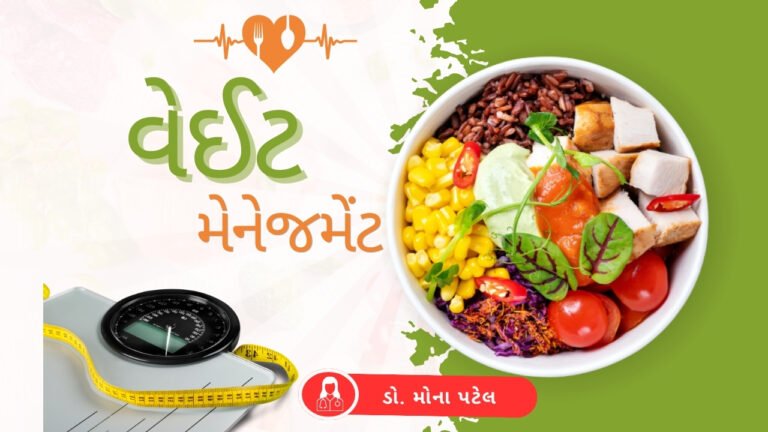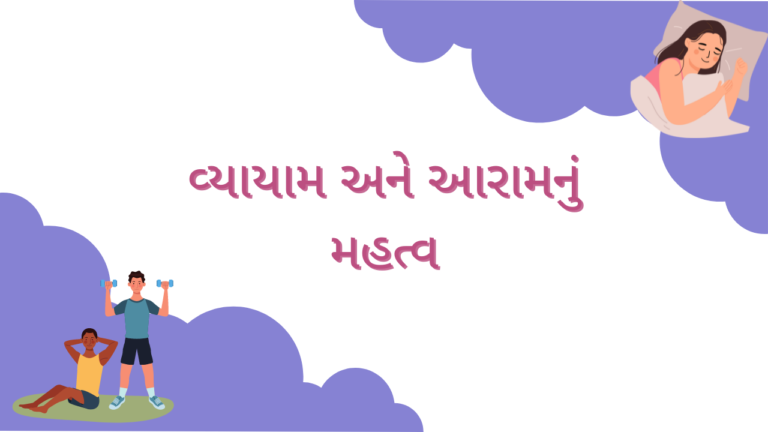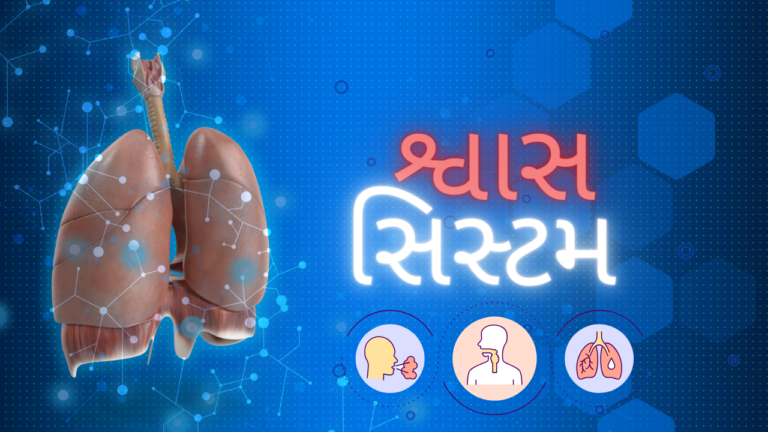GASTRITIS AND INDIGESTION
Gastritis is an inflammation, irritation or erosion of the stomach lining (known as mucosa). The stomach lining contains special cells that produce acid and enzymes, (they help break down food and digestion) and mucus, (which protects the stomach lining from acid). When the stomach lining is inflamed, it produces less acid, enzymes and mucus.
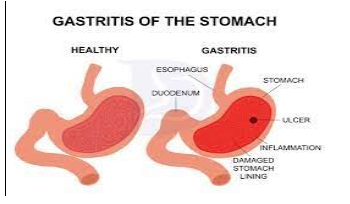
Endoscopy is used to identify the issues or diagnose gastritis or stomach problems. When the immune cells in our body fight against a problem arising or damage, it causes inflammation, increased blood circulation and erosion.
Gastric ulcers or peptic ulcers are created if these symptoms are not treated at the earliest. There are certain types of gastritis:
Gastritis may be acute or chronic.
ACUTE:
Sudden, severe inflammation of the stomach lining is called acute gastritis. An example of acute gastritis is an upset stomach that may follow the people using alcohol or aspirin for a long time. When inflammation occurs at a superficial area, it can be symbolized as acute gastritis.
CHRONIC:
Inflammation that lasts for a long period of time is said to be chronic gastritis. If chronic gastritis is not treated, it may last for years or even a lifetime. The cells in this case are damaged and there is few to no acid secretion.
Helicobacter pylori is a type of bacteria that infects the stomach. Infection with these bacteria may lead to chronic gastritis. This is a special type of bacteria because of its ability to survive even in acid.
CAUSES OR ETIOLOGY:
1.Infections: (very common reason)
- Tuberculosis
- Syphilis
- Bacterial infections: H Pylori infection is the most common. Many other bacteria-even those that usually cause pneumonia or bladder infections-can cause gastritis.
- Viral infections
- Fungal (yeast) infections
- Parasites and worm
2.Medication :
- Aspirin
- Non-steroidal anti-inflammatory drugs (NSAID’s, such as ibuprofen or naproxen)
- Steroids (prednisone is one example)
- Iron tablets
- Cancer chemotherapy medications
3.Swallowing poisons or objects:
- Corrosives (acid or lye)
- Alcohol beverages of various types
- Swallowed foreign bodies (paper clips or pins )
4.Medical and surgical conditions:
- Physical stress in people who are critically ill or injured
- After medical procedures related to the stomach
- After an operation to remove part of the stomach
- After radiation treatment for cancer
- Autoimmune diseases
- Pernicious anemia
- Chronic vomiting
THE SIGNS AND SYMPTOMS MAY INCLUDE:
- Abdominal pain and burning, often in the upper center of the abdomen called the epigastric area.
- Bloating
- Weight loss
- Belching
- Indigestion
- Anorexia
- Nausea and vomiting
- Hiccups
- Abdominal fullness
When gastritis is severe, it can lead to life-threatening symptoms including:
- Severe chest pain
- Feeling faint or short of breath
- Severe abdominal pain
- Sudden onset of bloody stools (blood may be red, black or tarry in texture)
- Vomiting blood or black (resembling coffee)
Pathophysiology of gastritis:
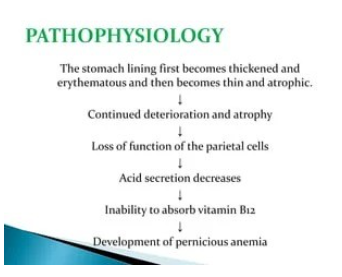
MEDICAL MANAGEMENT:
1.Anti- emetic drugs or domperidone are frequently effective in subsiding vomiting.
2.Antacids or famotidine are effective to reduce pain
3.If indigestion of NSAID is a problem, a prostaglandin analog may be prescribed to protect the stomach mucosa and inhibit gastric acid secretion
Although diet plays a highly significant role in the treatment of gastritis and indigestion, certain therapies can prov to be useful as well.
HYDROTHERAPY:
It is the use of any type of water form to cure or treat different issues arising in the body. Its benefits are endless. Different packs and types of baths are recommended to be followed either daily or multiple times a day for the best results. If the dilatation is inside the body, cold water is used to ease the pain
A Heating trunk pack is also super beneficial when it comes to issues regarding gastritis, indigestion and stomach problems. It promotes gastric secretion and gastric and intestinal digestion. The liver activity is normalized. It also helps to normalize motility of the gastrointestinal tract. Relief from vomiting takes place and gas formation is decreased because digestion is more efficient now.
The treatment chart for gastritis includes a nutrient rich diet, proper schedule for your meals, appropriate intervals between meals, inclusion of dry fruits and other fresh fruit juices, etc.
As per the meal of the day, the composition of what you eat changes. Various salads, a glass of buttermilk or milk, juices and fruits are essential. Meditation through chanting different mantras like “aum” and “ohm” while doing yoga mudras are highly advised.
Lifestyle modifications in the areas of diet or eating patterns, unhealthy habits, inclusion of therapies in everyday routine, etc. Are required. Alcohol, Tabacco, acidic beverages and NNSAID’s must be eliminated. Eating a fiber rich diet, eating foods containing flavonoids, like apples and other fresh fruits, onion, garlic, avoiding high fat, processed or preserved food and consuming tea may stop the growth of H. pylori. Carrot juice in combination with spinach juice is highly beneficial in the treatment of gastritis.
Some anti- inflammatory food sources include:
- Vegetables
- Dark vegetables
- Spinach broccoli
- Fruits- pomegranates, avocado, grapes and berries
- Dry fruits- almonds and walnuts
It is crucial to not take water with meals, and not before half an hour before and after meals. It is essential not to hurry through your meal and not eat till you’re completely full. Various yoga asanas are highly recommended.
INDIGESTION OR DYSPEPSIA:
Any gastrointestinal symptom associated with taking of food is called dyspepsia or indigestion. It is one of the most common ailments today and results from dietetic errors. Having non-appropriate combinations of food can be one of the causes.
CAUSES:
- Overeating or eating too quickly.
- Fatty, greasy or spicy foods.
- Too much caffeine, alcohol, chocolate or carbonated beverages.
- Smoking
- Anxiety
- Certain anti biotics, pain relievers and iron supplements.
The signs and symptoms may include early fullness, illness during a meal, discomfort, nausea, bloating, burning and vomiting and belching (less common).
Treatment for indigestion issues may be similar to the ones prescribed for gastritis.
Diet:
All fruit diet for 3-5 days, a well-balanced diet and vegetables, fruits and other nutrient rich food is highly recommended. A proper time schedule for your meals, sufficient gaps between all meals, dry fruits, fresh vegetables and fruits, fruit juices, etc. Is required in your diet.
The all-fruit diet is to be done once a month. We should avoid having tea, coffee, sugar, white flour and its products, flesh foods, condiments, picked foodstuffs and alcohol and smoking. Have at least six to eight glasses of water daily.
Make sure you don’t have water with meals or before a gap of at least half an hour before and after a meal. Different packs and baths and yoga asanas may prove useful. A home remedy for chronic indigestion is having one gram of ginger with rock salt powder.
Garlic is an excellent remedy for gas problems. It neutralizes putrefactive toxins and kills unhealthy bacteria. It eliminates gas and helps digestion.
The following mentioned rules are to be followed when facing dyspepsia:
- Never eat and drink together.
- Never hurry through a meal. Chew and eat slowly to digest everything properly.
- Never fill the stomach completely. Leave the table feeling you could eat more.
- Never sit for a meal feeling tired, worried or in a bad temper. They paralyze the manufacturing of digestive juices and hydrochloric acid.
- Never boil vegetables, instead, steam them.
- Do not mix too many different types of foodstuffs. Don’t eat raw vegetables and raw fruits together. They require a different set of enzymes
- Take protein and starchy foods separately as far as possible.



